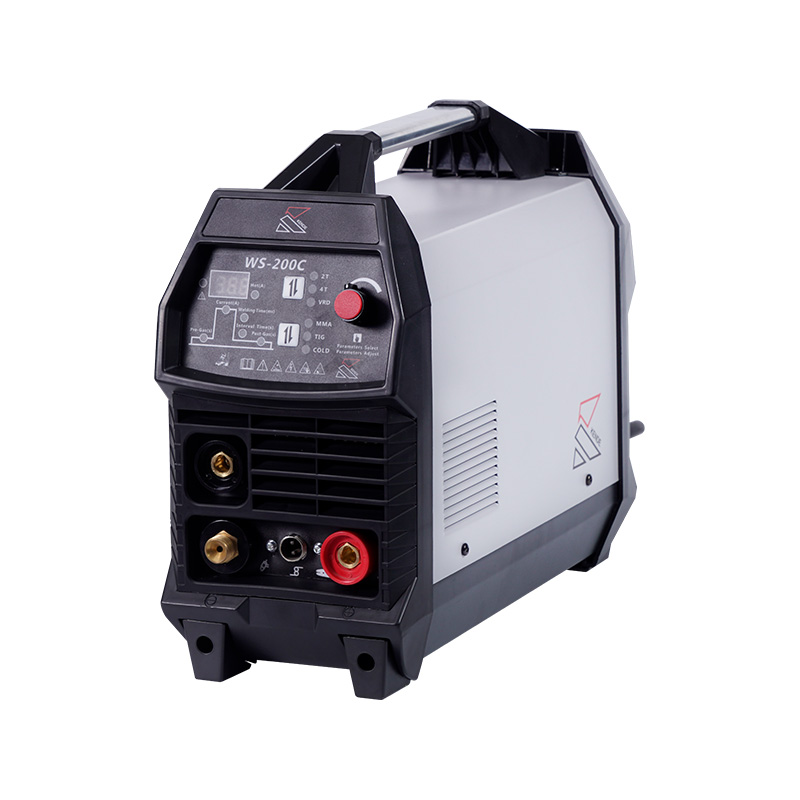Gas Tungsten Arc Welding (GTAW), commonly known as Tungsten Inert Gas (TIG) welding, stands as a pinnacle of welding techniques, offering unparalleled precision, cleanliness, and versatility in metal joining processes. This sophisticated welding method has found widespread applications across various industries, owing to its ability to produce high-quality welds with minimal defects and superior aesthetic appeal.
GTAW welding involves the creation of an arc between a tungsten electrode and the workpiece, protected by an inert gas shield, typically argon or helium. This shielding gas prevents atmospheric contamination, ensuring a clean and stable welding environment. The process can be performed with or without filler metal, depending on the specific requirements of the weld joint.
One of the defining characteristics of GTAW welding is its exceptional precision. The non-consumable tungsten electrode, capable of withstanding high temperatures, allows welders to achieve fine and intricate welds on thin materials or in applications where accuracy is paramount. This level of precision makes GTAW welding ideal for industries such as aerospace, automotive, and electronics, where high-quality, aesthetically pleasing welds are essential.
GTAW welding offers excellent control over the welding parameters. Welders can adjust the welding current, voltage, and gas flow rate to achieve optimal weld penetration, control heat input, and minimize distortion, resulting in strong, durable welds with minimal residual stress.
The versatility of GTAW welding is evident in its capability to weld a wide range of metals and alloys, including stainless steel, aluminum, titanium, nickel alloys, and copper. Its adaptability to various materials makes it a preferred choice in industries requiring the joining of dissimilar metals or exotic alloys with distinct properties.
In the realm of high-purity applications, such as in the semiconductor and pharmaceutical industries, GTAW welding's ability to produce clean, precise, and contamination-free welds is indispensable. The absence of spatter and minimal heat-affected zones contribute to maintaining the integrity and purity of materials, meeting stringent quality standards.
GTAW welding finds application in specialized welding techniques, such as autogenous welding, where filler metal isn't used, and orbital welding, which automates the welding process for consistent and precise welds in circular joints.
Advancements in GTAW welding technology continue to push the boundaries of its capabilities. Innovations in welding equipment, such as advanced power sources, improved torch designs, and enhanced automation and robotics, aim to further enhance precision, productivity, and accessibility of the GTAW process.
Gas Tungsten Arc Welding (GTAW) stands as a pinnacle of welding technology, offering unmatched precision, cleanliness, and versatility in metal joining processes. Its ability to produce high-quality welds, even on delicate or exotic materials, makes it a preferred choice across diverse industries, contributing to the creation of strong, durable, and aesthetically pleasing welds that meet the stringent demands of modern manufacturing and engineering.

 2024.01.12
2024.01.12
 Industry News
Industry News
